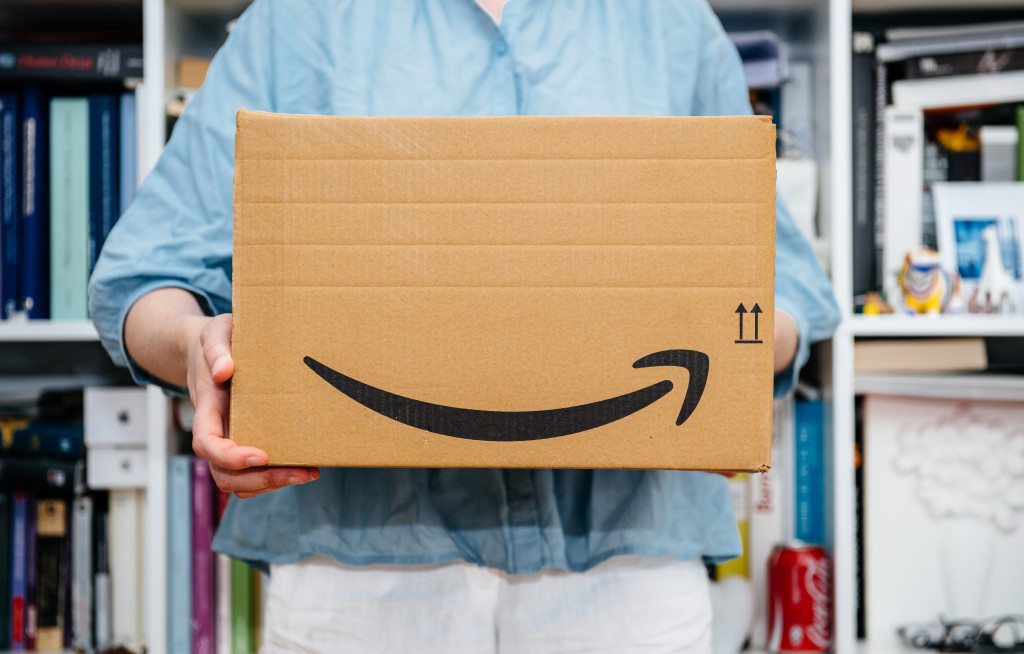While there are many criticisms of Amazon Go, the inevitable future of retail is one where stores will likely be automated. Whether it’s a technology like Amazon Go or even just self-checkout counters, the benefits of automating stores are immense and unequivocally positive for both customers and business owners alike.
The Benefits of Automating a Store

The most obvious benefit is that businesses can save on labor costs since automation eliminates the need for cashiers. This is particularly helpful for businesses in lower-income areas, where labor costs are high, and business margins are low.
In addition to allowing a business to save on labor costs, automated stores also lead to a more streamlined shopping experience, speeding up customer throughput, thus increasing sales. Customers who can get in and out of a store faster are more likely to return.
Another benefit of automation is that it provides customers with convenience and control, leading to increased satisfaction. This is especially important for the millennial generation, who expect business owners and employees alike to provide them with ways to save them time and money. Having automated check stands allows customers to fill their orders, thus creating a more efficient shopping experience.
Finally, automated stores allow for increased inventory accuracy and real-time data collection, which helps businesses manage their inventory better. In addition to that, these features also enable price optimization as it is much easier to track prices at an individual item level when using automated stores. This makes it easier for businesses to adapt and change prices as needed.
Automating stores is the inevitable future of retail, and all signs indicate that this model is not only beneficial but necessary if traditional brick-and-mortar stores wish to remain competitive with online shopping giants such as Amazon. The benefits of automation, such as increased profitability, streamlined customer experience, and real-time data collection, are clear indicators that traditional retail stores need to embrace the automation movement sooner rather than later.
How to Start Automating a Store
If you invest in a grocery store, you should include the cost of automation in your investment. Besides the self-checkout counters that don’t require staff members, you can install a kiosk for online shopping.
In case you’re not inclined to buy a completely new store, you should consider automating the checkout counter in your existing grocery store as well as installing self-checkout counters as an alternative. You may also want to invest in software that will give you real-time data on the stock in each department and the exact amount of money that’s being spent at your business.
When you switch to automation, you’ll find that it will reduce labor costs significantly while also providing customers with a smoother shopping experience. If this sounds like a valid option for your store, you should start looking for automated check-stands and other technologies that will help you become more efficient with operations.
What About Security?
Because automation in retail provides customers with increased control and convenience, there has been some concern about how this affects the level of security at a store. For instance, if customers are allowed to manage their orders, they may become lax about ensuring that stores have enough security or maintain appropriate policies such as checking any bags that may contain an item that hasn’t been paid for.
However, because there are now automated stores where customers aren’t allowed to handle their purchases before leaving the store, this has also given way to many questions about what would happen if a customer wanted to return an item.
As it stands, each retailer is only permitted to have one policy regarding returns so that customers are not confused about what they can and cannot do. Because of the lower price point on most items, it is more likely that a store may choose to accept returns on anything that isn’t defective or wrongfully advertised.
Automation in stores has many benefits for both shoppers and retailers. However, this type of technology does come with its share of concerns for both parties.
The Bottom Line
At the end of the day, when you walk into a store that’s fully automated with no employees in sight, just remember that there is likely an entire team behind the scenes that are working to keep things running smoothly. In addition to increasing profitability and reducing labor costs, automation also helps retailers streamline customer experience while giving them access to real-time data.
To embrace the future of retail, you should start looking for sources of automation that will help streamline your customer service and other operations so you can compete with online stores. Automation in stores is the future wave and holds many benefits for shoppers and retailers.



